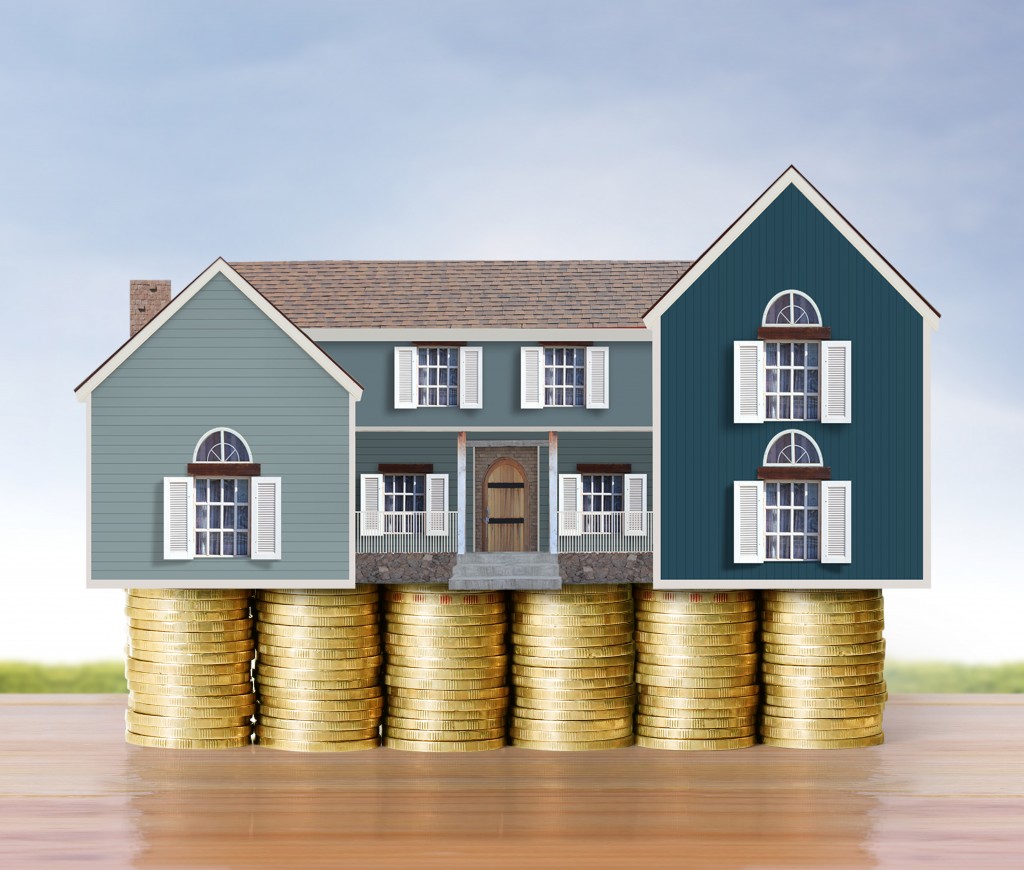The number of residential properties sold in January was 9.7% higher the previous year, new figures show. According to the latest data from HM Revenue and Customs, 105,940 properties were sold in January, compared to 96,600 in 2015. However, the number of homes sold in January was down 2.8% from 109,020 in December 2015. Andy […]
 The number of residential properties sold in January was 9.7% higher the previous year, new figures show.
The number of residential properties sold in January was 9.7% higher the previous year, new figures show.
According to the latest data from HM Revenue and Customs, 105,940 properties were sold in January, compared to 96,600 in 2015.
However, the number of homes sold in January was down 2.8% from 109,020 in December 2015.
Andy Sommerville, director of Search Acumen, said: “Although residential transactions have experienced a slight dip in January 2016 from December, the number of transactions are still notably higher than the same time last year, an indication that while the market may be jittery due to global uncertainty in the short term, we’re in a much better position than in January 2015.
“This doesn’t mean we shouldn’t brace ourselves for a buy-to-let surge before April though and the full picture of the government’s intervention into buy-to-let is likely to reveal itself at the end of the first quarter.
“While lack of affordability and housing supply remain a key issue, this month-on-month dip should be seen in the wider context of uncertainty around Brexit and turbulent stock markets at the beginning of the year.”
Andrew Bridges, managing director of Stirling Ackroyd, said: “Even as the housing market builds a head of steam, there isn’t as much movement as might be hoped for.
“Our capital is a case in point. London’s property market has gallons of untapped potential. Yet a lack of supply is pushing people to stay put for longer, reducing the flow of homes onto the market. London’s rising population will only worsen this supply shortfall.
“Escalating stamp duty charges are largely responsible for this slowdown – deterring people from a change of scenery. These charges now apply to nearly every residential transaction in London. So new measures or more effort from the government are needed to encourage moving – and wake the London property market out of its current slumber.”
Stamp duty changes introduced in December 2014 by Chancellor George Osborne to make the system fairer helped buyers save an average of £4,530 last year, according to the latest Lloyds Bank Homemover Review.
The switch from a “slab” structure to a progressive tax was announced in the 2014 Autumn Statement. You now pay 0% up to £125,000; 2% to £250,000; 5% to £925,000; 10% to £1.5million and 12% above that.
A recent study by Halifax found that since the reforms there has been some evidence of dampening at the top end of the market, with a 20% decline in sales of homes valued above £1.5 million.














